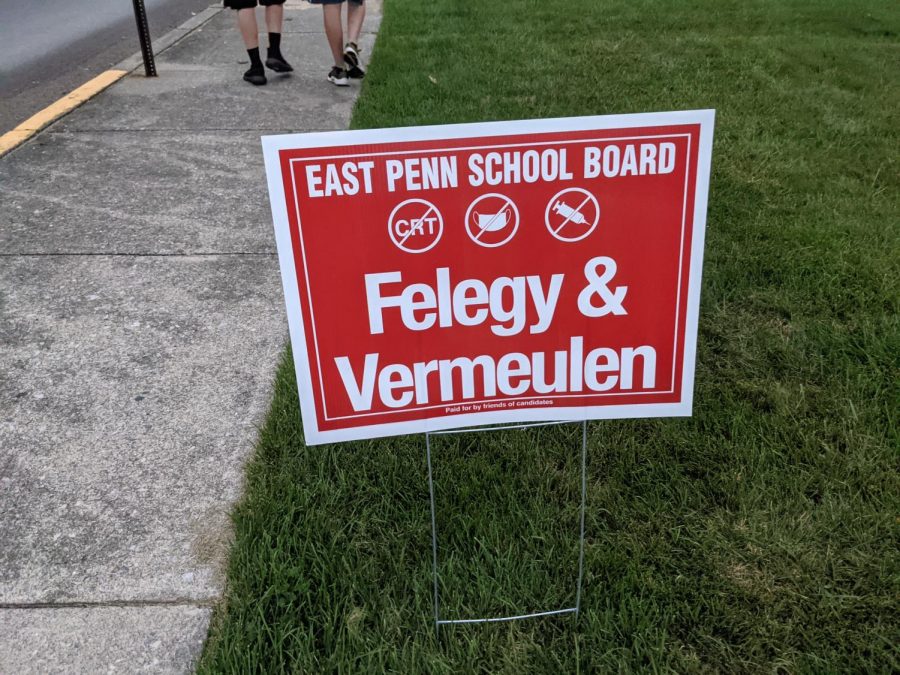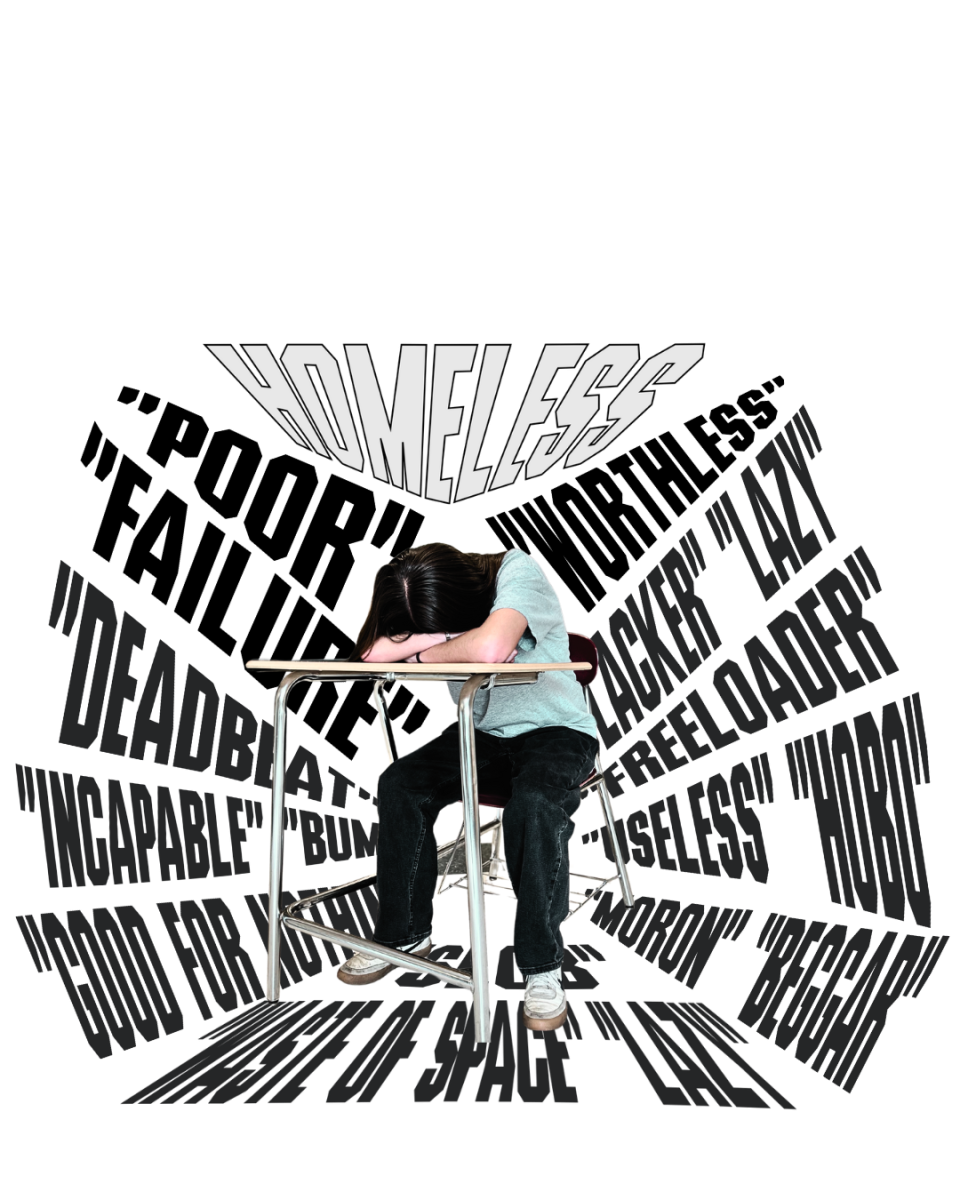Critical Race Theory sparks nationwide debate
November 5, 2021
This previously ran in our October 2021 print issue.
The origins of Critical Race Theory can be traced back to the 1960s; however, recently the topic of CRT has become a fiery political debate between conservatives and liberals, making it more controversial than ever. With numerous states, such as Idaho, Iowa, Oklahoma, and Tennessee, attempting to ban the teaching of Critical Race Theory in schools, the divide continues to grow.
The East Penn School District finds itself in the middle of the impassioned debate on whether or not CRT should be prohibited in schools, due to the upcoming school board elections. Campaign signs are plastered throughout the community, with hopeful school board members using prohibiting teaching CRT as the basis of their campaign.
With the current age of widespread media and misinformation, the idea of Critical Race Theory has become a definition and umbrella term for a broad system of belief as well as a term used for political weaponization. So what exactly is CRT? Education Week says, “the term ‘critical race theory’ is now cited as the basis of all diversity and inclusion efforts regardless of how much it’s actually informed those programs.” Forming uneducated opinions is now the name of the game, with many developing strong stances on a topic whose central ideals have become lost in translation.
As with many other systems of belief, Critical Race Theory has several offshoots of thought. However, at its core, the focus of Critical Race Theory is the racism that is ingrained within America’s different societal systems such as the justice system, the education system, and the healthcare system. “Critical race theory is an academic framework centered on the idea that racism is systemic,” states The Washington Post; racism is “not just demonstrated by individual people with prejudices.” Critical Race Theory is not an attack on people, but rather on the system. This is exactly why the system itself, the United States government, is fighting so aggressively to ensure CRT becomes a forbidden topic within schools.
Critics of the theory claim that CRT places people into one of two groups: the oppressed and the oppressor, with Fox News stating that, “proponents say it addresses systemic racism; critics say it’s a form of racism itself.” Racism is when you discriminate against an individual based on the color of their skin and the ethnic group they are a part of. Teaching about the flaws within a system as well as its harmful origins is not a form of racism, because it is not targeting, profiling, or stereotyping a specific individual or group based on race. State legislators ignore this fact and continue to be persistent in attempting to ban the teaching of CRT in school, claiming that it does more harm than good.
These legislations would prohibit any training for teachers or discussion in classrooms that center around the idea that the U.S. is fundamentally racist. Brookings Institution says that these legislations would also ban “any discussions about conscious and unconscious bias, privilege, discrimination, and oppression.”
It’s as if the government is saying that the best way to handle racism thriving within core systems of America is to ignore that they are there and that it’s better to foster compliance from those who are oppressed by said systems.
CRT highlights the harsh and racist realities of our country. Why has fact become so controversial? It is because those who are white are so fragile when it comes to discussion surrounding race, that they instantly feel attacked when privilege, bias, and suppression are the focal points of the conversation. Just because something may be uncomfortable to talk about does not mean that it is not worthy of discussion.
Change starts with America’s youth, which is why it is so important that society creates informed and educated children. As a country, we must do a better job of creating equality and having open discussions about the experiences of every American. Teaching Critical Race Theory in schools is essential in allowing students to learn about the experiences of their peers, igniting a spark of inspiration within them to create an inclusive world, and cause change in systems that have needed to be modified since their creation.











